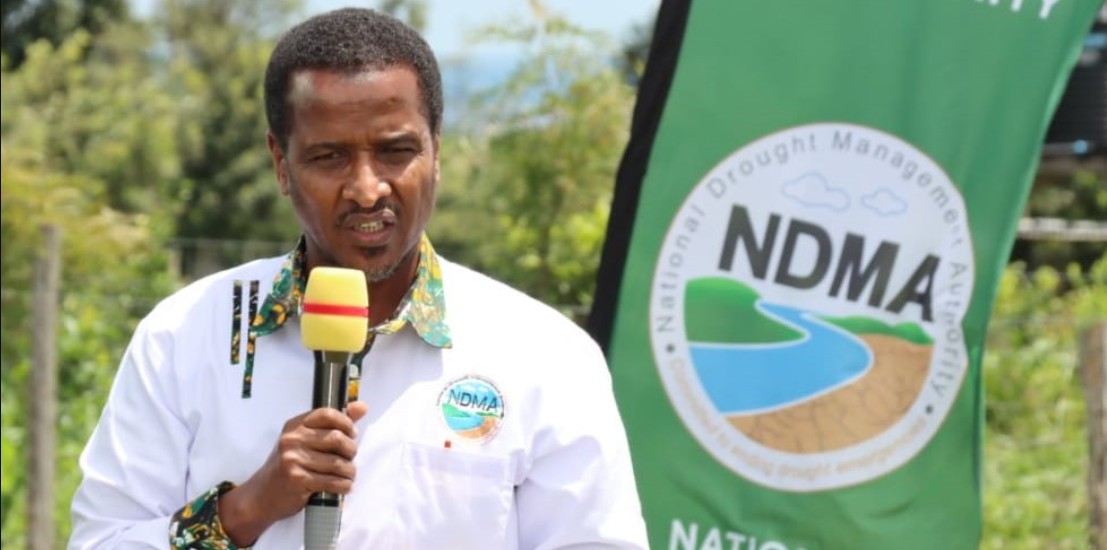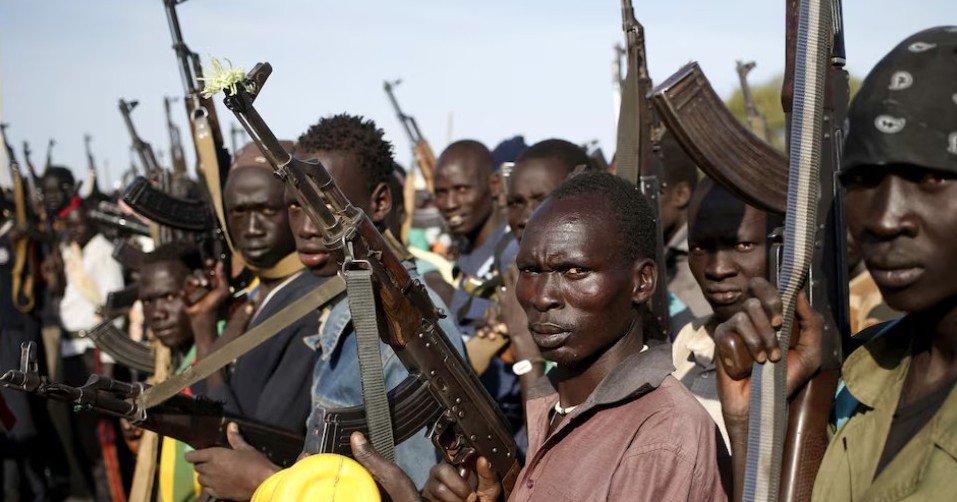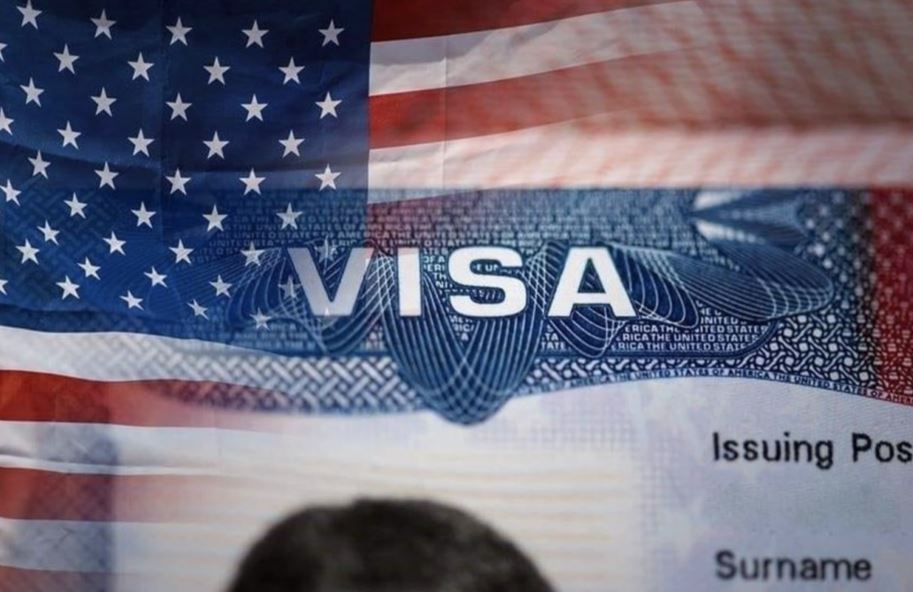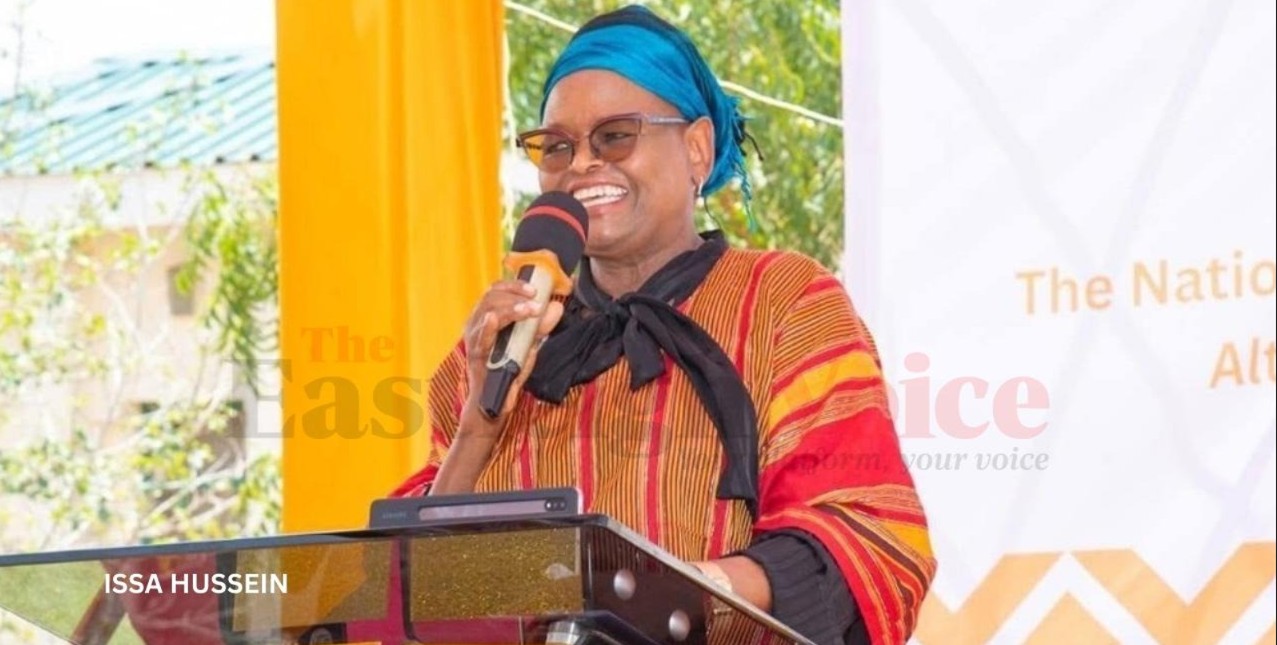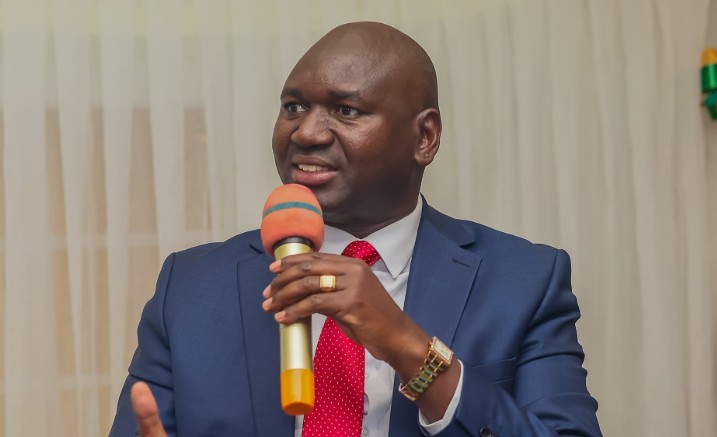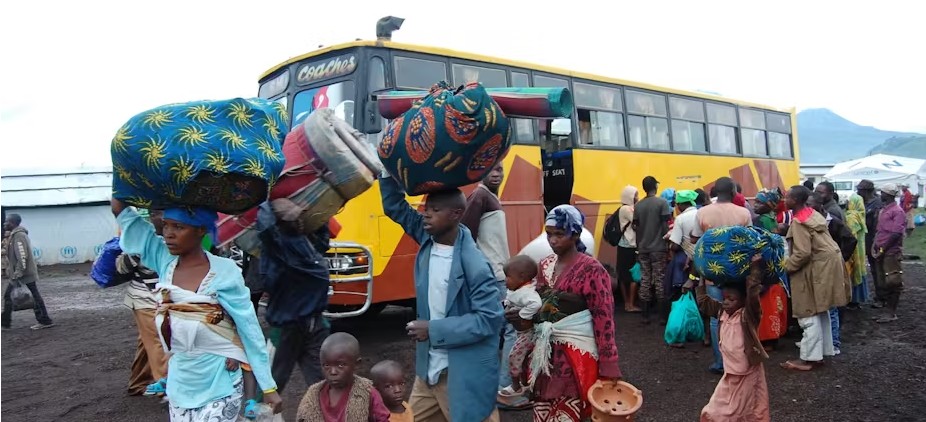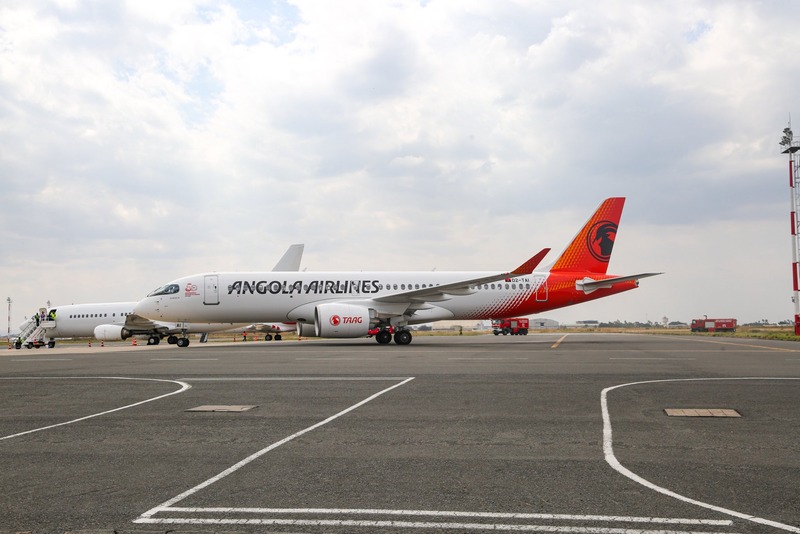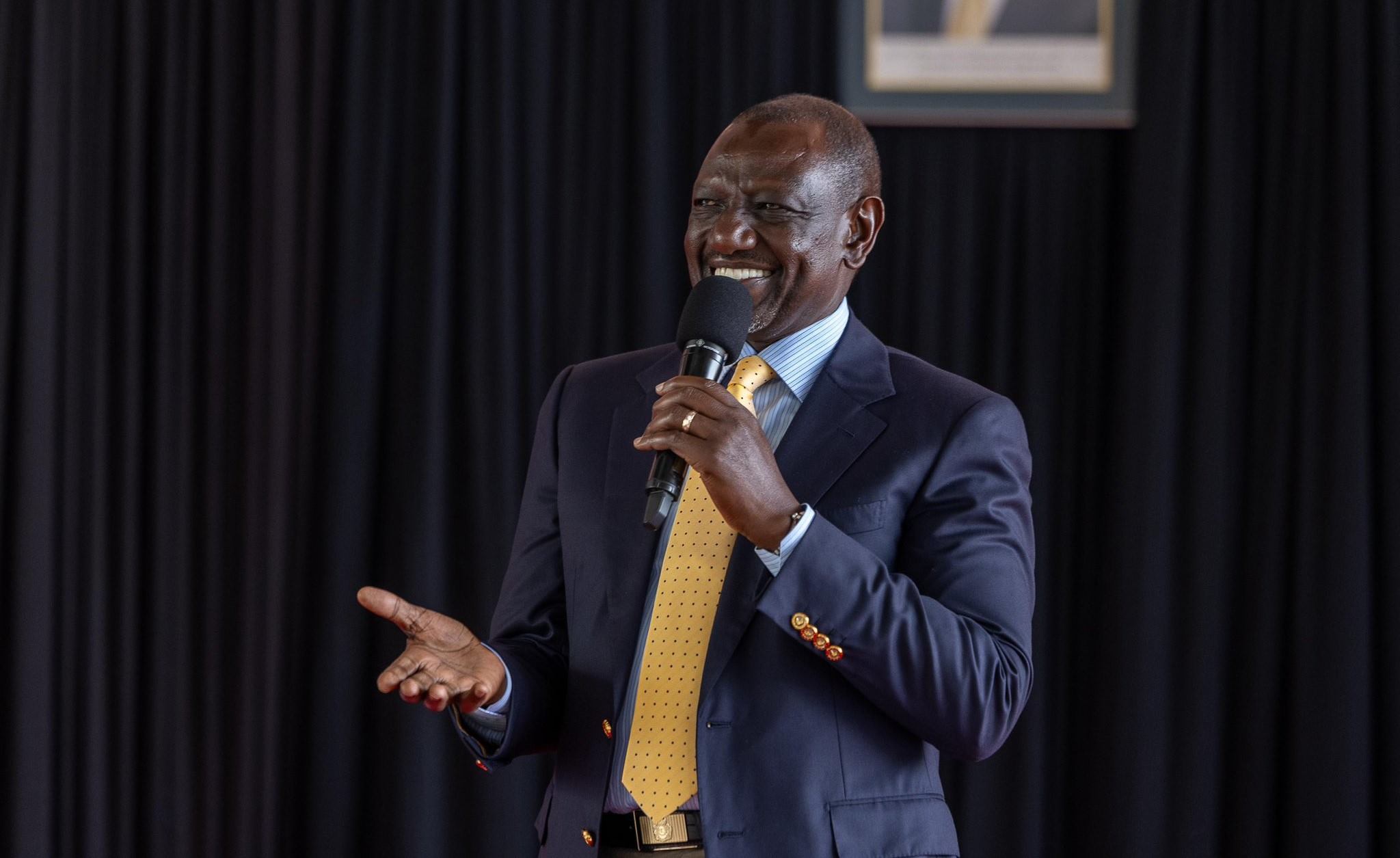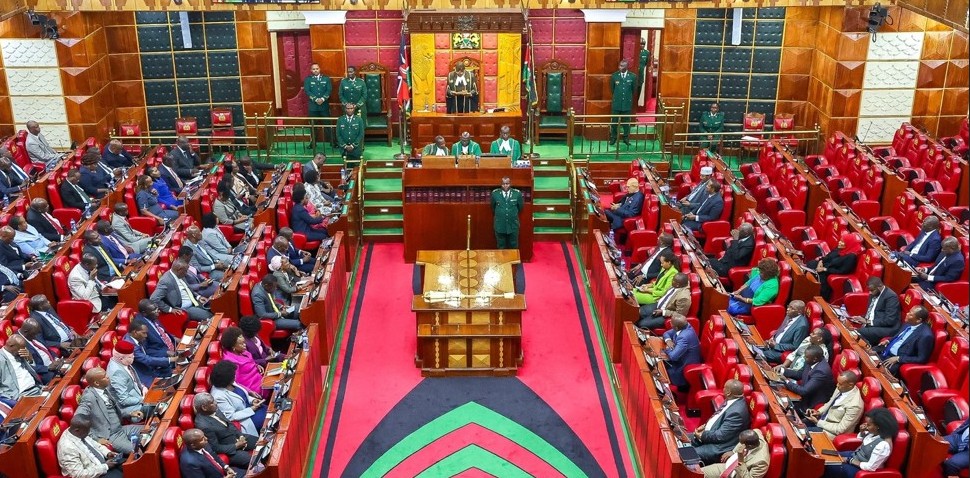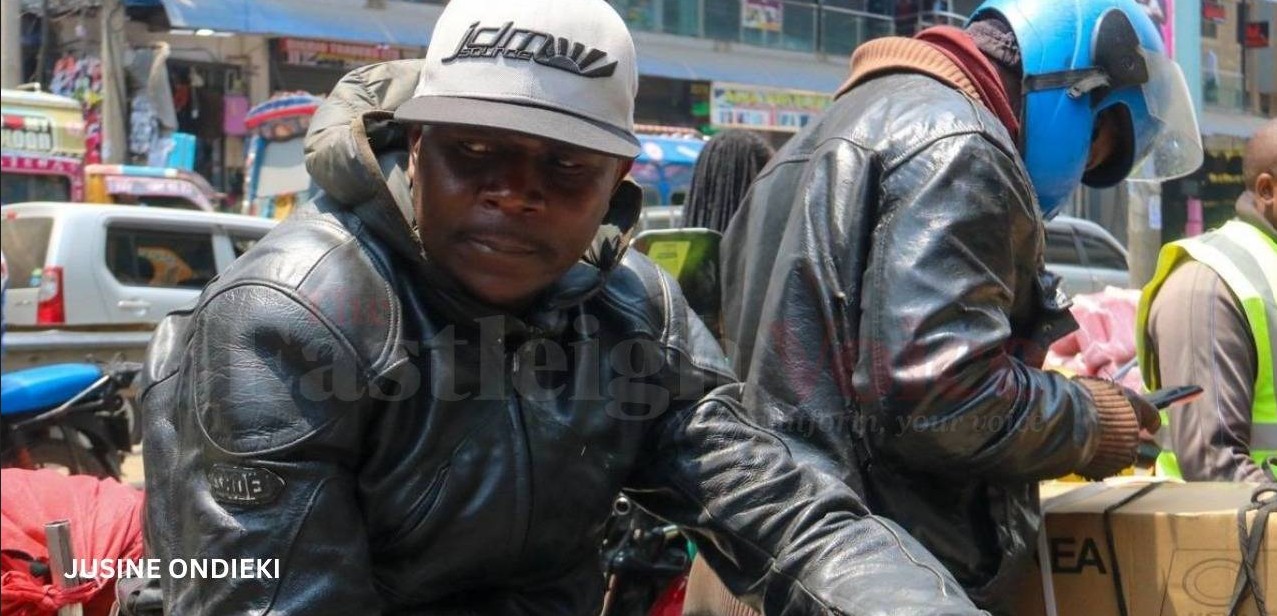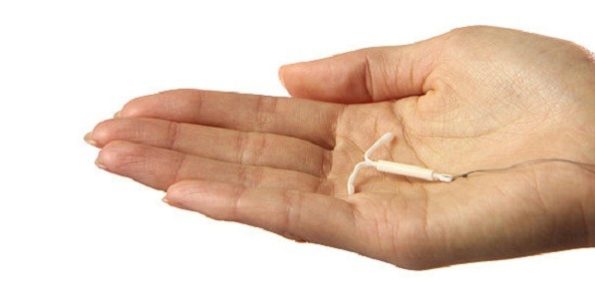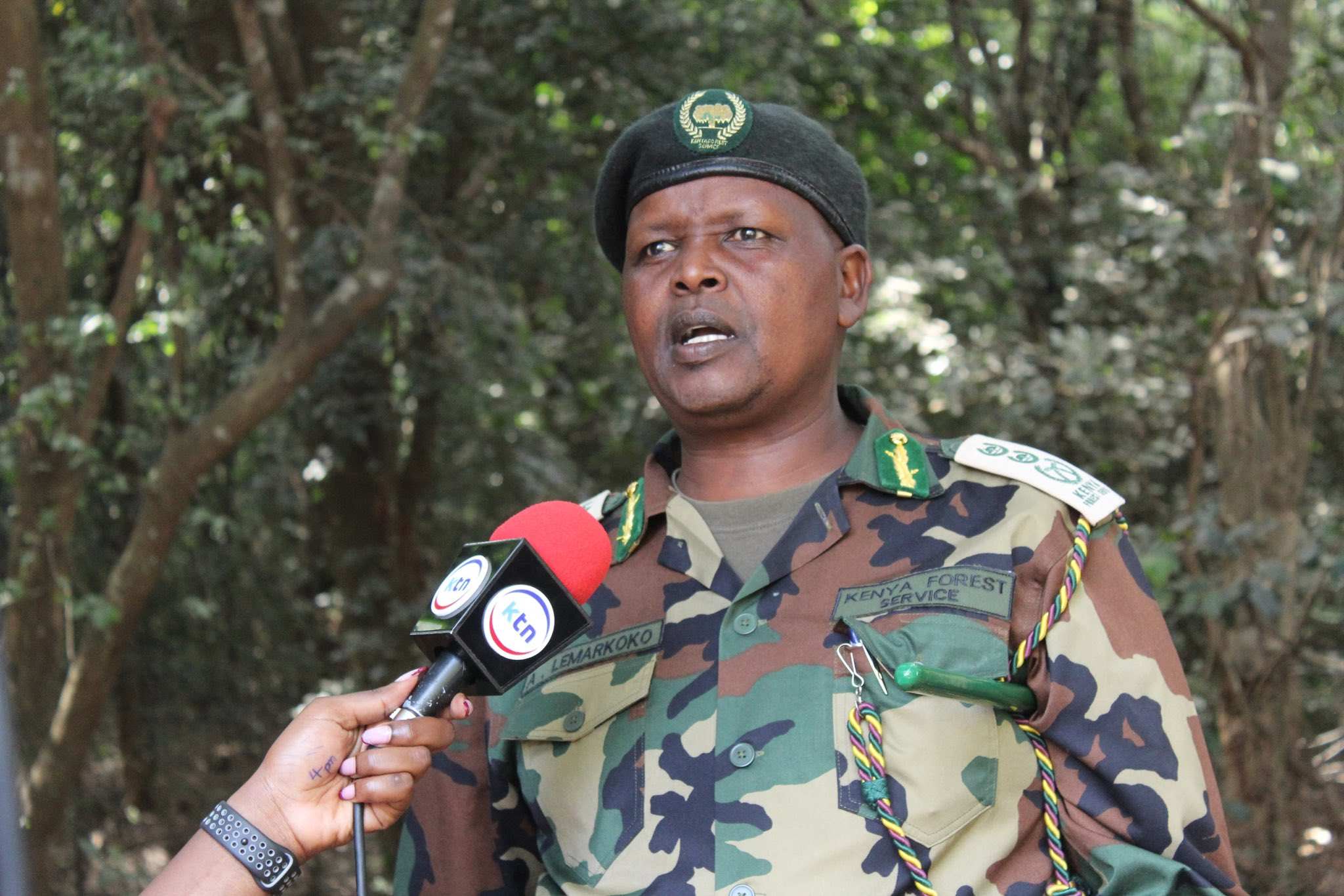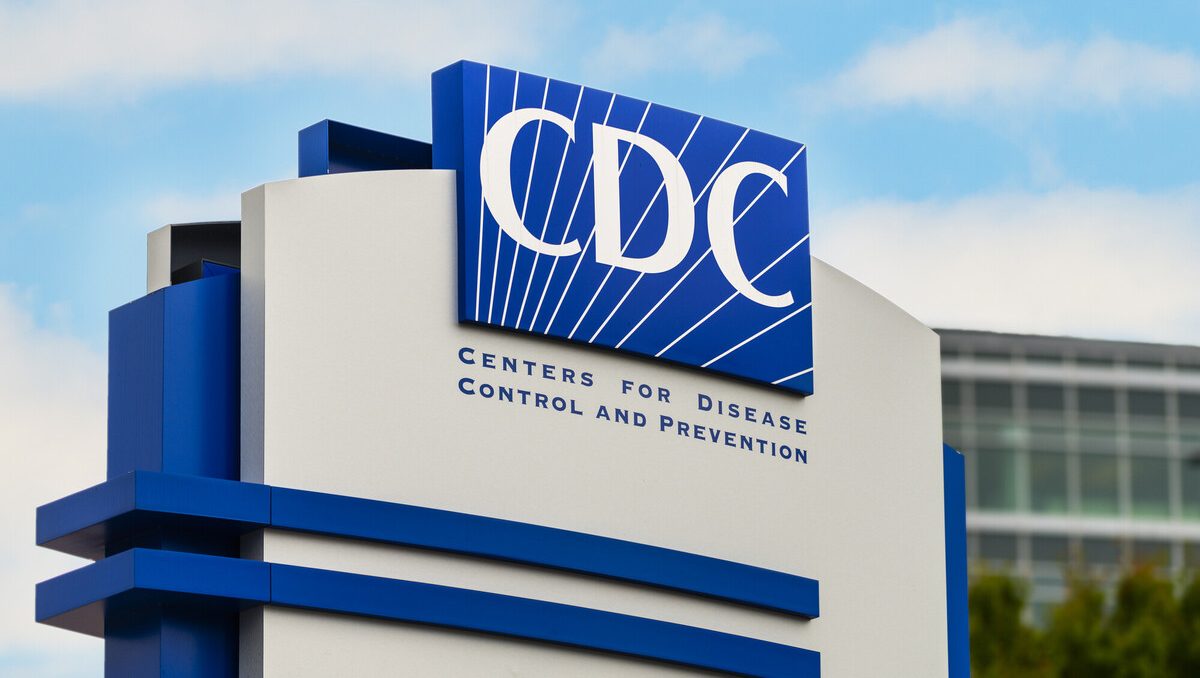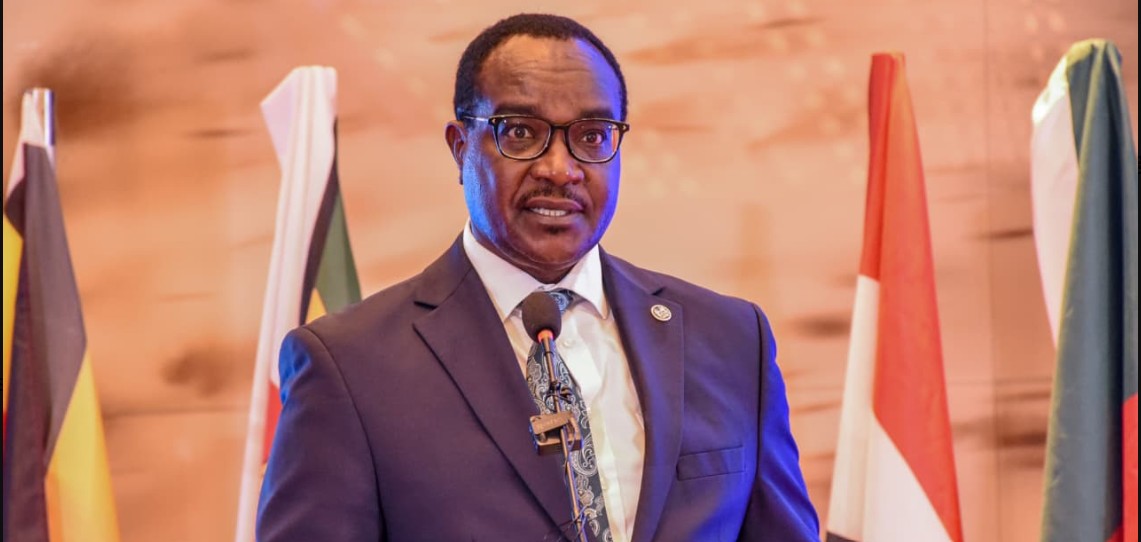Kenya and Uganda unite to restore border markers
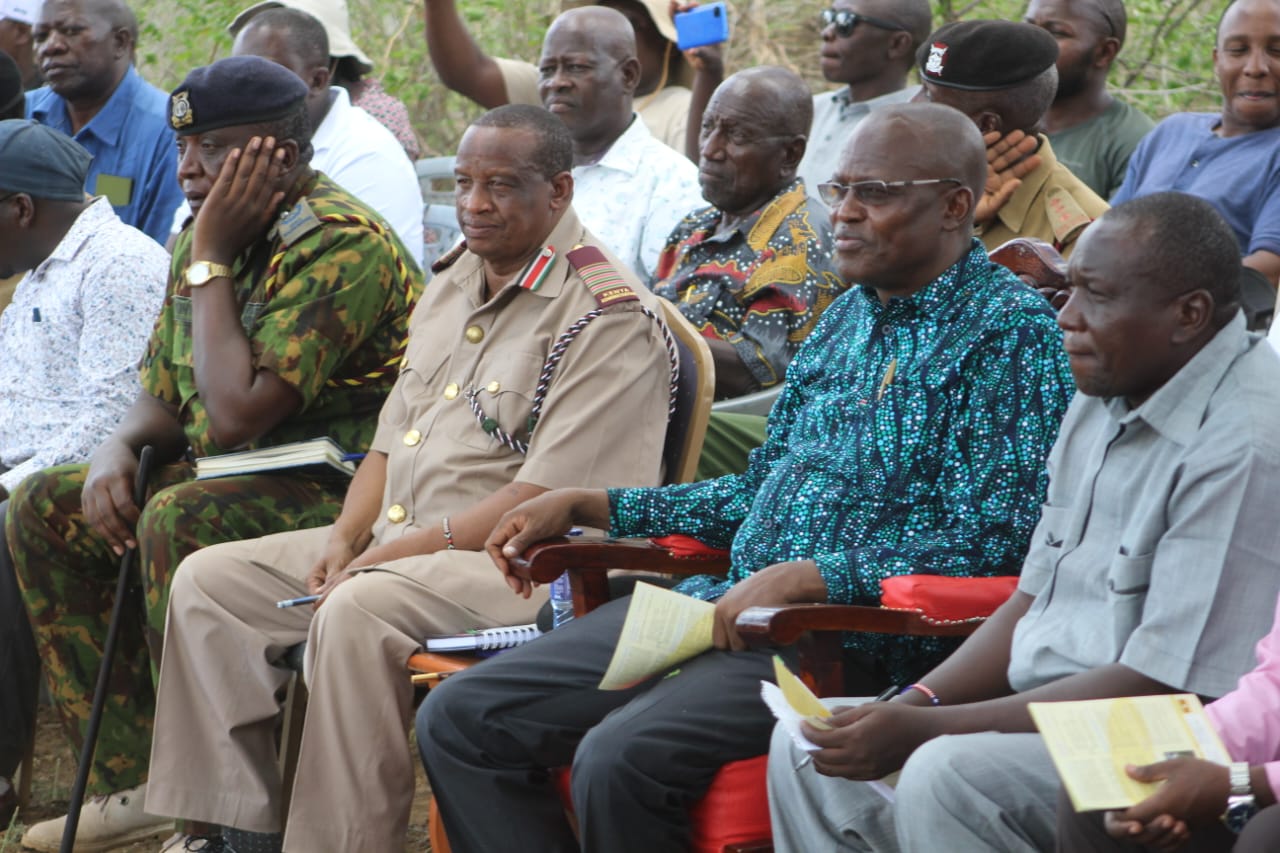
The KIBO director Julius Rotich said the first reaffirmation exercise will focus on the 60-kilometre stretch at Lomokori in Turkana, known as the most vandalized part of the 933-kilometer boundary between the two countries
Kenya and Uganda have jointly launched a project to repair and reaffirm border markers that were vandalized for the extraction of valuable by-products.
The markers, some neglected since independence, were destroyed amidst claims of valuable mineral content used in their construction.
More To Read
- Turkana marks major sanitation milestone as seven villages declared open defecation free
- How Turkana border communities are strengthening disease surveillance
- Turkana and Toposa communities celebrate one year of cross-border peace after Arusha accord
- Audit reveals Sh52 million wasted on northern Kenya salty and dry boreholes
- Turkana County, donors adopt strategy to contain cholera outbreak
- Ten Turkana County officials in custody over alleged embezzlement of Sh600 million
Officials from Kenya International Boundaries Office (KIBO) and Uganda's Ministry of Lands, Housing, and Urban Development have announced a 15-day boundary reaffirmation exercise, relying on old documents with clear coordinates, pillars, and natural features.
The KIBO director Julius Rotich said the first reaffirmation exercise will focus on the 60-kilometre stretch at Lomokori in Turkana, known as the most vandalized part of the 933-kilometer boundary between the two countries.
"The vandalized boundary was constructed by colonialists and the local people never participated. We are using local artisans from both countries to construct the pillars using materials that they will also supply. The pillars will be constructed using water, cement, iron bars, and sand to eliminate any suspicion that there are valuable minerals used," he explained on Tuesday.
Justin Tuko, the Moroto Deputy Resident District Commissioner, leading the Ugandan delegation, has expressed growing apprehension over rising tensions along the Kenya-Uganda border.
He cited disputes between herders and elders regarding boundary conflicts, which have led to increased incidents of cattle raids and tragic casualties among innocent civilians.
"It will be historical that the two countries are officially reopening the boundary. This will ensure proper planning and budgeting for services by respective governments boosting access to basic services by border residents," Tuko said. He represents the administrative region that borders Kenya's West Pokot County.
The project involves local participation, including pastoralist communities, in constructing pillars to delimit the boundary. These pillars will be built using materials supplied by local artisans from both countries, aiming to eliminate suspicions of valuable minerals.
The initiative aims to reduce tensions along the border, which have often led to conflicts over pasture and water.
Turkana Governor Jeremiah Lomorukai emphasized the importance of boundary reaffirmation in achieving sustainable peace and coordinating the sharing of resources among border communities.
"Reaffirming the boundary is a big step towards achieving sustainable peace along the border of Kenya and Uganda as it will help in ensuring coordinated sharing of border pasture and water among Turkana, Matheniko and Tepes communities residing at the border, especially during drought," Lomorukai said.
Last June, over 25,000 herders from Turkana North, Turkana West, Turkana Central, and Loima Sub-Counties sought refuge back in Kenya due to escalating tensions at the border. These herders had previously relied on the Ugandan side for pasture and water.
Although the installation of pillars may not immediately alleviate such tensions, officials contend that the markers could serve as guiding points for herders to delineate their land, fostering future communal interactions rooted in cooperation rather than conflict over resources.
The reaffirmation aligns with policy changes within the regional bloc, the Intergovernmental Authority on Development (IGAD), promoting sustainable pastoralism, livestock production, and cross-border trade among member states.
Dr. Adan Biko, head of the IGAD Centre for Pastoral Areas and Livestock Development, highlighted the significance of managing migration for the survival of pastoral communities, emphasizing the importance of protocols like Transhumance in ensuring sustainable resource management.
Top Stories Today
